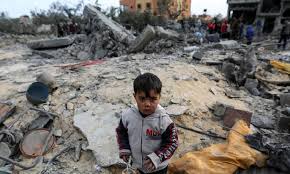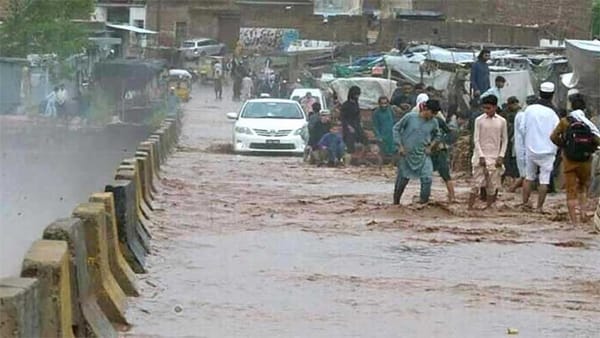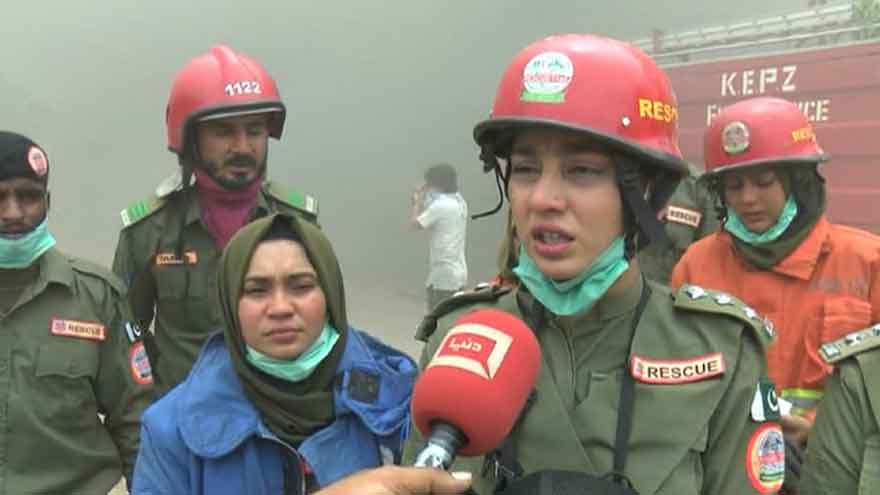At Least 91 Killed in Gaza as Israel Resumes Offensive and Orders Evacuations

At least 91 Palestinians were killed and dozens more injured in a series of Israeli airstrikes across Gaza on Thursday, following the Israeli military’s decision to end a two-month ceasefire. The resumption of airstrikes and ground operations has reignited violence in the region, causing widespread displacement and casualties.
Resumption of Violence and Escalation in Gaza
After a period of relative calm, residents of Gaza found themselves fleeing once again as Israel launched a large-scale air and ground offensive targeting Hamas, the Palestinian militant group that controls the enclave. The military campaign comes after failed negotiations to extend the ceasefire, with both sides unable to agree on terms for peace.
Israeli aircraft dropped leaflets over several Gaza neighborhoods, including Beit Lahiya and Beit Hanoun in the north, and Shejaia and Khan Younis in the south, ordering civilians to evacuate. Late on Thursday, Israel confirmed the commencement of ground operations in Gaza’s southernmost city, Rafah, near the Egyptian border, while it had already deployed ground troops in the northern areas of the enclave.
Impact on Civilian Life
For many, this return to conflict means a devastating re-emergence of violence, displacement, and death. Samed Sami, 29, who fled the Shejaia district to set up a temporary shelter, said, “War is back, displacement and death are back, will we survive this round?” His words reflect the fear that is gripping the civilian population as Israeli forces continue their military actions.
Hamas has not retaliated with significant force in the first 48 hours of the renewed offensive, though the group fired rockets into Israel later on Thursday. This triggered air raid sirens across central Israel, heightening tensions further.
Fatalities and Destruction
This week’s airstrikes have already claimed the lives of more than 400 Palestinians, marking one of the deadliest days in the 17-month conflict. Israel’s airstrikes targeted Hamas leadership, with several senior members of the group, including the head of Gaza’s government, the chief of security services, and other key figures, reported dead.
Israel’s military objectives now include creating a buffer zone that divides the northern and southern parts of Gaza, known as the Netzarim corridor. The ongoing military operations are expected to exacerbate the humanitarian crisis in the region, with widespread destruction and shortages of basic supplies.
International Diplomacy and Continued Conflict
As international efforts to mediate peace continue, Gaza’s residents remain trapped in the crossfire. Despite ceasefire talks, no breakthrough has been achieved. A Hamas official confirmed on Thursday that mediators are continuing their efforts, but the situation remains tense with no sign of an immediate resolution.
The current escalation follows a period of ceasefire that began in December 2024. The conflict reignited when Hamas militants launched a surprise attack on Israeli border communities in October 2023, killing over 1,200 Israelis and taking more than 250 hostages. The violence has escalated sharply, with over 49,000 Palestinians reported dead and Gaza largely reduced to rubble.
As the military operations continue, displaced families like Huda Junaid’s, who fled her destroyed home to camp in the ruins, are once again forced to find refuge. “We don’t want war, we don’t want death. Enough, we are fed up,” said Junaid, her words echoing the exhaustion of Gaza’s residents who have endured years of conflict.
Global Repercussions and Growing Tensions
In addition to the resumption of hostilities in Gaza, tensions have risen globally. On Thursday, the Israeli military intercepted two missiles launched from Yemen, allegedly by Houthi forces, in solidarity with Palestinians. While no casualties were reported, these missile strikes underscore the broader regional implications of the ongoing conflict.
As the situation continues to unfold, the prospects for peace remain uncertain, and the humanitarian crisis in Gaza grows more dire by the day.




